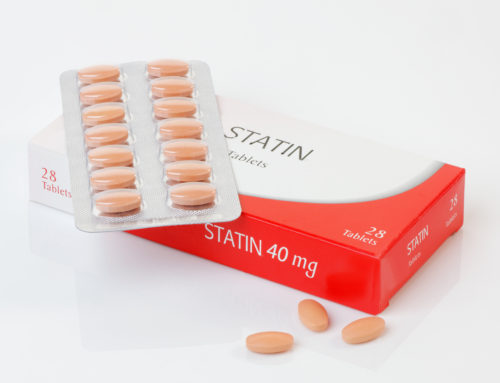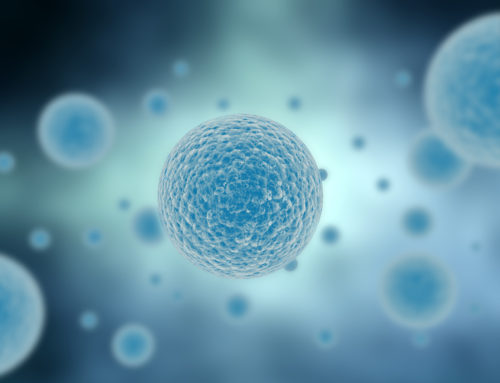Researchers have discovered a protein involved in skin psoriasis, a highly common disease, opening up new potentials for therapy.
Researchers at the Stanford University School of Medicine have identified a new molecular target for potential therapies. A small protein in the skin called Rac1, which is involved in wound repair, appears to link well-known environmental triggers of the disease with a genetic predisposition to the condition. It also sheds light on the interplay between the skin and the immune system that is responsible for disease flare-ups.
‘Normally there’s a quiet, ongoing conversation between the epidermis and our immune system as they work together to fight disease such as infections,’ said Peter Marinkovich, MD, Associate Professor of Dermatology.
‘In psoriasis, this has escalated into an uncontrollable shouting match that results in abnormal cellular proliferation, scaling and inflammation with no real effective therapies other than long-term immunosuppression. Targeting a protein in the skin, rather than quieting the immune system, could be a potential game changer for many patients and clinicians.’
‘Psoriasis is one of the most prevalent skin diseases in the world,’ he continued. ‘But it’s been difficult to study due to the complex interplay between genetic and environmental influences. Now we’ve learned that targeting Rac1 activation in the skin, rather than the immune system’s role in the disease, may be a way to treat the disease without needing to suppress the immune system.”
Peter and his colleagues plan to continue their study of what causes Rac1 activation in the epidermis.







